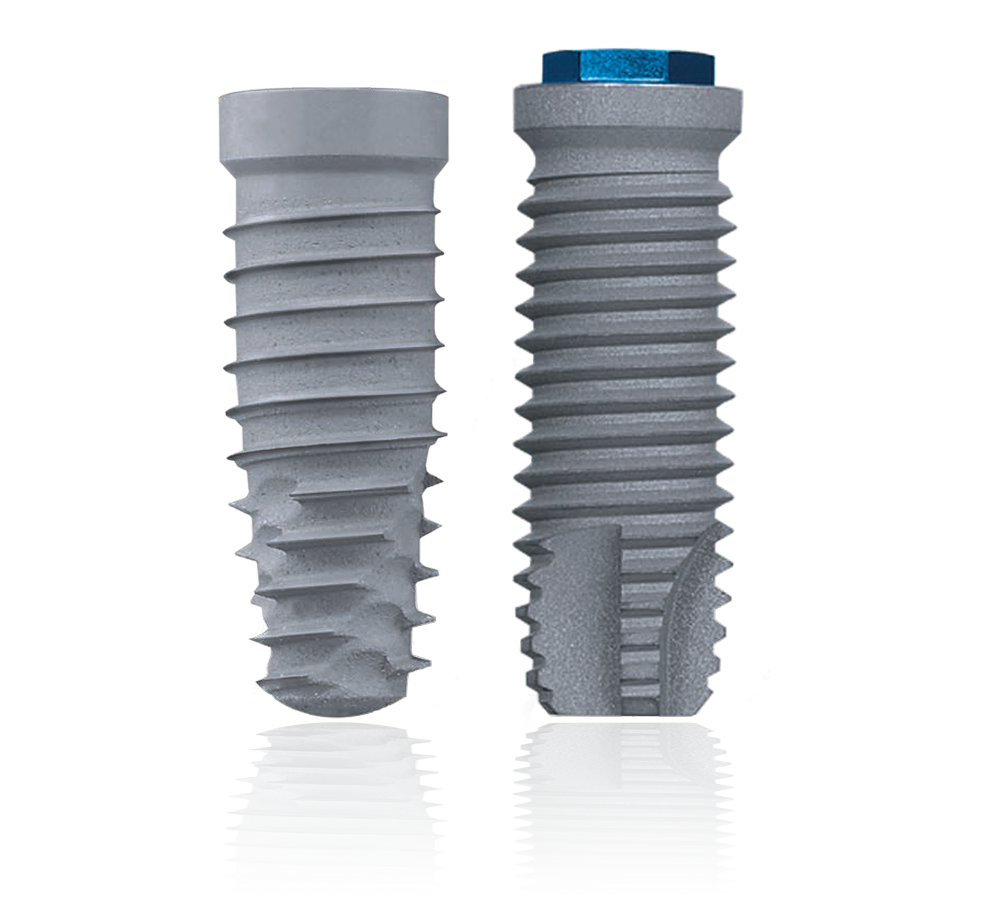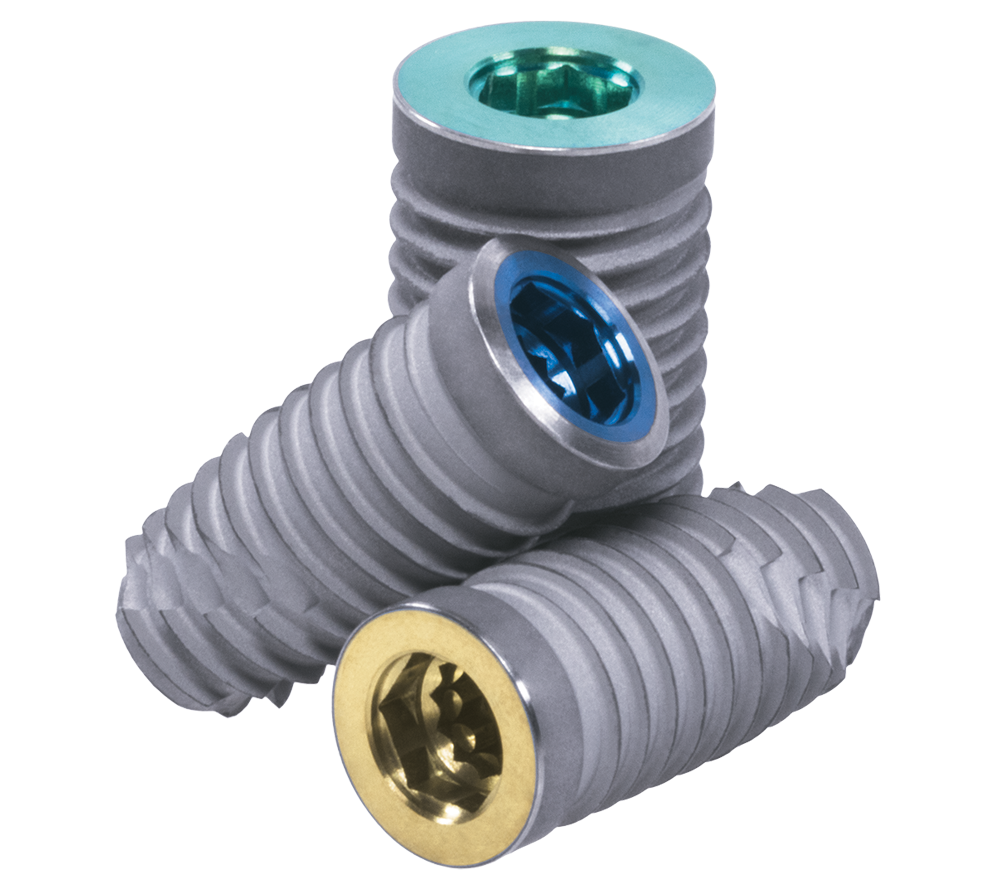Characterized by a 1 to 3 micron peak-to-peak surface created by a unique acid-etch process, the Osseotite Surface features are precisely sized to entangle the fibrin strands of the blood clot.

Osseotite® Dental Implant System
Documented Success

Proven Clinical Success
he Osseotite surface has more than 10 years of documentation from numerous global multi-center clinical studies1-6 and meta-analyses.7-8 Clinical studies on the Osseotite surface continue to document the benefits of increased contact osteogenesis, especially in poor-quality bone.6
The Osseotite Implant features an acid-etched surface designed to facilitate osseointegration.
Trabecular Metal Implant Features & Benefits

Comprehensive Clinical Research
One of the most well-researched dental implant surfaces on the market today.
Numerous studies report 98% cumulative success rates6
The Osseotite Surface
Facilitates the Osseointegration process.
Demonstrates high contact of implant with new bone
Five-year study10 showed no increased risk of Peri-implantitis vs. a ZimVie hybrid implant
The Osseotite Surface and the Healing Process
A blood clot attaches to an implant when its fibrin strands become intertwined in an implant’s micro-surface features. The strength of the clot/implant attachment depends on how tightly the fibrin strands are entangled in the surface. Fibrin strands are typically sub-micron in diameter. Therefore, for the strongest bond, the implant surface features should create a maze of slightly larger spaces that can tightly capture the fibrin strands. Characterized by a 1 to 3 micron peak-to-peak surface created by a unique acid-etch process, the Osseotite surface features are precisely sized to entangle the fibrin strands of the blood clot.

Osseotite Implant Resources
Osseotite Tapered Ex Hex Dental Implant Drilling & Placement Protocol